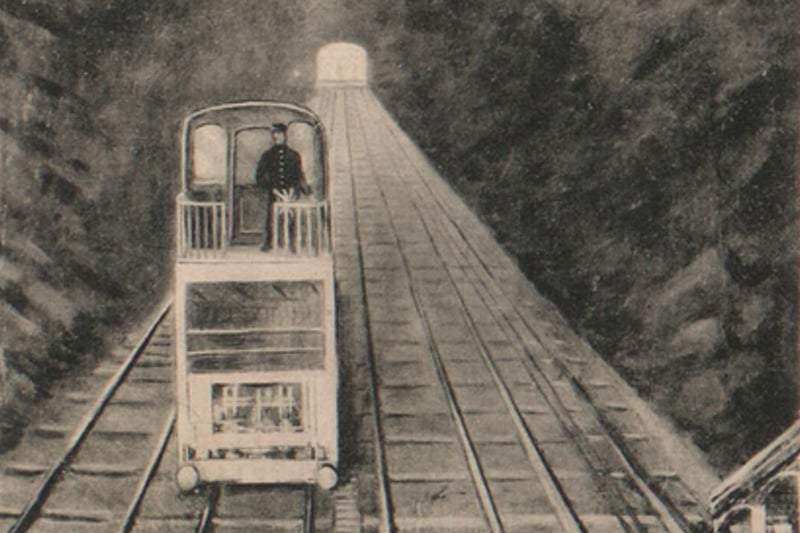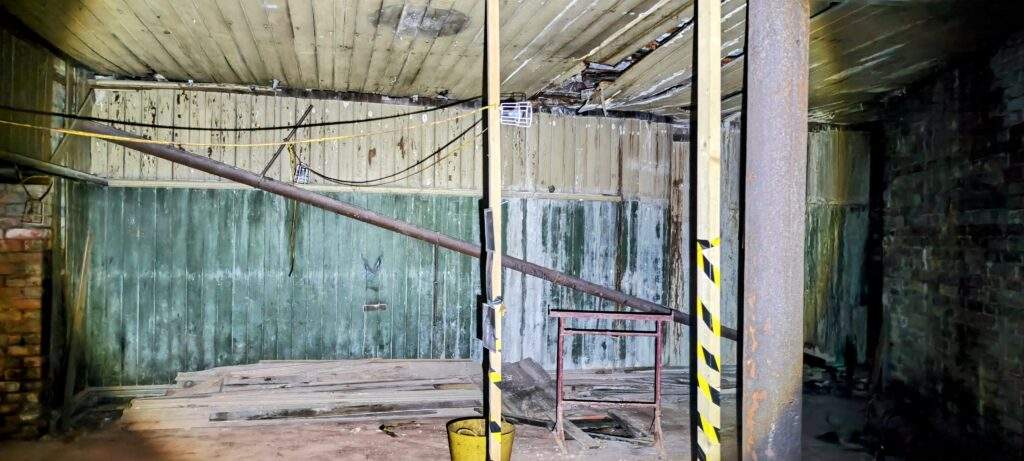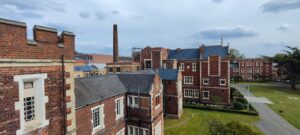Abandoned Bristol: Underground Railway | Urbex

Hidden in the rock of the Avon Gorge is this now-abandoned funicular railway. It once connected Clifton and the Grand Spa Hotel to the tramway and ferry station at the bottom of the Avon Gorge. To avoid spoiling the view of the cliffside an underground railway was proposed. On the 11th March 1893 the water-powered funicular opened its doors.




History
The underground railway operated for 40 years from 1893 until 1934. Its construction was funded by George Newnes, a publisher, and it took 2 years to build. The railway cost £30,000 at the time which equates to over £3.5 million today, over 3 times the amount Newnes had anticipated. The tunnel was cut through the limestone cliffs using hand and machine drills. The railway is an impressive 137 metres long and rises 61m high. It is at a 45% gradient, so it is easy to understand the need for the railway during the Victorian Era, you could not expect Victorian ladies to hike up the cliff to visit the spa.


There were four cars, which could each carry 18 passengers, in two connected pairs. The cars essentially formed two parallel funicular railways, one being for exclusively first class passengers. The funicular utilised gravity for its operation. At the upper station, water was fed from a reservoir into the tank underneath the car. The extra weight of this water was enough to pull a loaded car up from the lower station. When the car with its water ballast reached the lower station, the water was discharged into another reservoir, from where it was pumped back up to the upper reservoir to restart the cycle
On its opening day it carried 6,220 passengers and 427,492 in its first year. Year on year the number of passengers dwindled until 1908 and it was declared bankrupt. In 1912 the funicular was sold to Bristol Tramways for £1,500 but the business never picked up and the last passengers rode the tunnel in September 1934.




During WWII blast walls were installed and local residents sheltered in the tunnel. The BBC built 7 emergency studios in the tunnel. These wartime modifications resulted in the tunnel’s current layout, covering the original railway structure. It is believed that if the London studios were damaged then operations could still be run from Bristol. The BBC still used the site until 1960. Since then the railway has not seen many visitors. Only the occasional urban explorers or those looking for shelter have been inside over the past few years.
Future Plans
Since 2005 volunteers have been working to restore and preserve the railway’s history. In 2019, a local Bristol businessman Ian Johnson bought the site. He also owns Clifton Observatory and the hope was to renovate the railways and turn it into a museum. During September 2019, there were guided tours of the railway. However this project seems to have been put on hold and there have been no further tours or renovations. The plan in 2023 is still for the railway to open to the public to share its unique history with visitors.




Exploration
The railway is located in a fairly busy area, so the tricky part was timing getting inside without attracting attention. The first part of the site is filled with information signs which presumably are from 2019, when guided tours were held for a weekend. We decided to explore the tunnel first and come back to read the information in case the CCTV camera over the entrance alerted anyone to our presence.



The tunnel was very steep with steps that felt never-ending and we were accompanied by the constant sound of dripping water. A spooky sound for a pitch black tunnel that was rumoured to be occupied by those needing shelter. The tunnel is well made and lined with bricks and the steps are very solid so there were no fears of falling through or causing injury. In places the hewed rock can still be seen which highlights the manpower that was needed to construct the tunnel. At intervals there were platforms and seating areas, presumably these were made during the war for those that sheltered in these tunnels. With no flushing toilets, these must have been very primitive shelters.



The walk down was tiring on the legs and we were pleased to find nobody camping out at the bottom of the funicular. Instead there was some artwork left behind when the site was restored. If the walk down can be described as tiring the walk back up the stairs was gruelling. Upon reaching the top it was wonderful to read and learn more about the historical railway. After so much love, time and money has been put into the railway it seems a shame that it has been left over recent years. I hope the plan for a museum and the reopening of the site for educational purposes is achieved soon, and we will be back if it is.
Last Updated on 19 December 2024 by Michael





Now that’s one place I’d like to explore, next time I’m in Bristol I’ll be researching the place, see if I can get in.
Nice job!
It was certainly an interesting one, and a bit different!